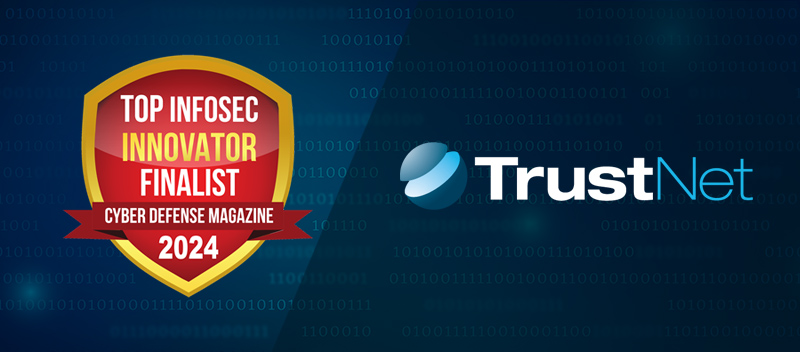Both large and medium-sized organizations need help to offset increasing data losses and a steep increase in downtime. As if this was not enough, organizations must also be content with high recovery costs after a cyber-attack. A cyberattack costs an organization $1.06 million on average after every incident.
As organizations face these hurdles, their IT staff are still scratching their heads to devise viable solutions to improve their defenses. That is according to the 2022 Dell Global Data Protection Index (GDPI). They surveyed over 1000 IT experts in many countries and across different industries. Their findings also showed that affected organizations lose about 2TB of data and suffer 19 hours of downtime.
In their survey, 67% of respondents expressed their lack of confidence in their current data protection framework. They believe that the data protection in their respective organizations cannot deal with ransomware and malware threats. Meanwhile, 63% of respondents stated that business-critical data is unlikely to be recovered after a damaging cyberattack.
While these respondents may seem pessimistic, their claims hold up against the facts. About 48% of the respondents were victims of a cyberattack in the past year that denied them access to their data. This worrying statistic reflects a 23% increase from 2021.\
According to Colm Keegan, the senior consultant for data protection solutions at Dell, this trend is likely to continue. He points out that the amplified distribution of data across the edge and the numerous public cloud environments make it increasingly difficult for admins to safeguard their data. According to Keegan, many companies need to catch up regarding data protection.
For example, 91% of organizations have set up a plan to implement the zero-trust architecture, but only 12% of institutions have fully deployed the technology. Keegan also outlines that 69% of respondents revealed that their backup windows are not adequately prepared in the event of a ransomware attack.
The Weaknesses of Data Protection Strategies
Lack of visibility is the most significant reason data protection strategies are increasingly becoming ineffective. The opaque nature of where the data is held and what it is exactly is a real issue. This problem is made worse by the increased uptake of cloud-based apps and containers to add insult to injury. About three-quarters of the respondents revealed no standardized data protection solutions to match these novel technologies.









